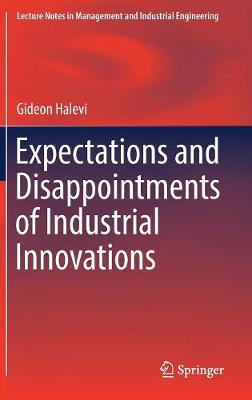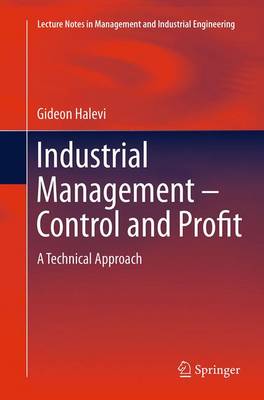Lecture Notes in Management and Industrial Engineering
2 total works
The Integrated Manufacturing System (IMS), Group Technology, Numerical Control, and Computer Aided Design (CAD) were four outstanding innovations that were one-time milestones of scientific industrial management. This book describes the expectations and disappointments of the common pitfalls of these ingenious ideas, which leads to understanding of their gradual disappearing, and proposes a way to restore these methods for long term utility and value.
The first three innovations dominated the industry till the mid-1970s. Surprisingly, the reason for them being replaced is the same: research of the "routine" was misleading regardless of its ingenuity. In the fourth case, CAD does not support CAPP (Computer Aided Process Planning) and thus Numerical Control could no longer support developments of a system such as a flexible and automated factory. However, they incorporate many features in a specific resource instead within a manufacturing system. CAD technology and machining centers remain remarkable as a specific (unique) manufacturing resource. This work proposes ways to revive these innovations for the future.
Innovation is a driver for the development of new products and production methods. It should be an integral part of a system and not pursued for its own sake. This volume shows, explains, and remedies this by treating these interesting examples.
This volume presents controlling tools for management in order to be in a position to communicate with control engineers concerning technological decisions.
The main objective of manufacturing management is to make profit. However, in traditional manufacturing systems none of the separate stages in the process support this objective. Management is not expert in any of these stages and therefore is dependent on specific experts at each stage and must follow their decisions. Each stage has its own first priority which is not profit and cost. This means that management does not have real control over these functional stages, nor over the process as a whole.
This book presents controlling tools for management in order to allow them to communicate better with the experts of the particular manufacturing stages to reach better results and higher profits. It is shown that most enterprises can improve their efficiency rate by between 25 and 60% by using the tools developed here.

